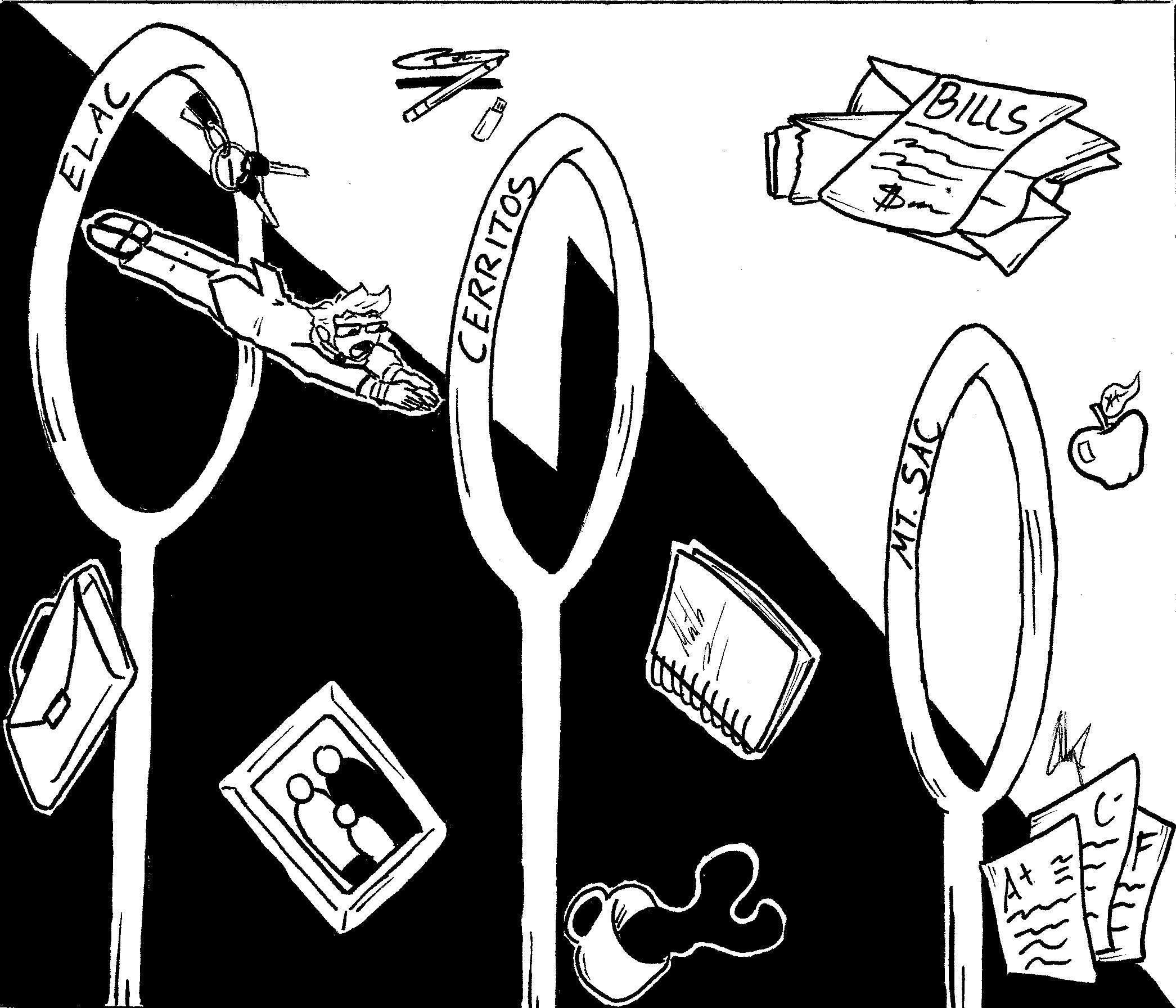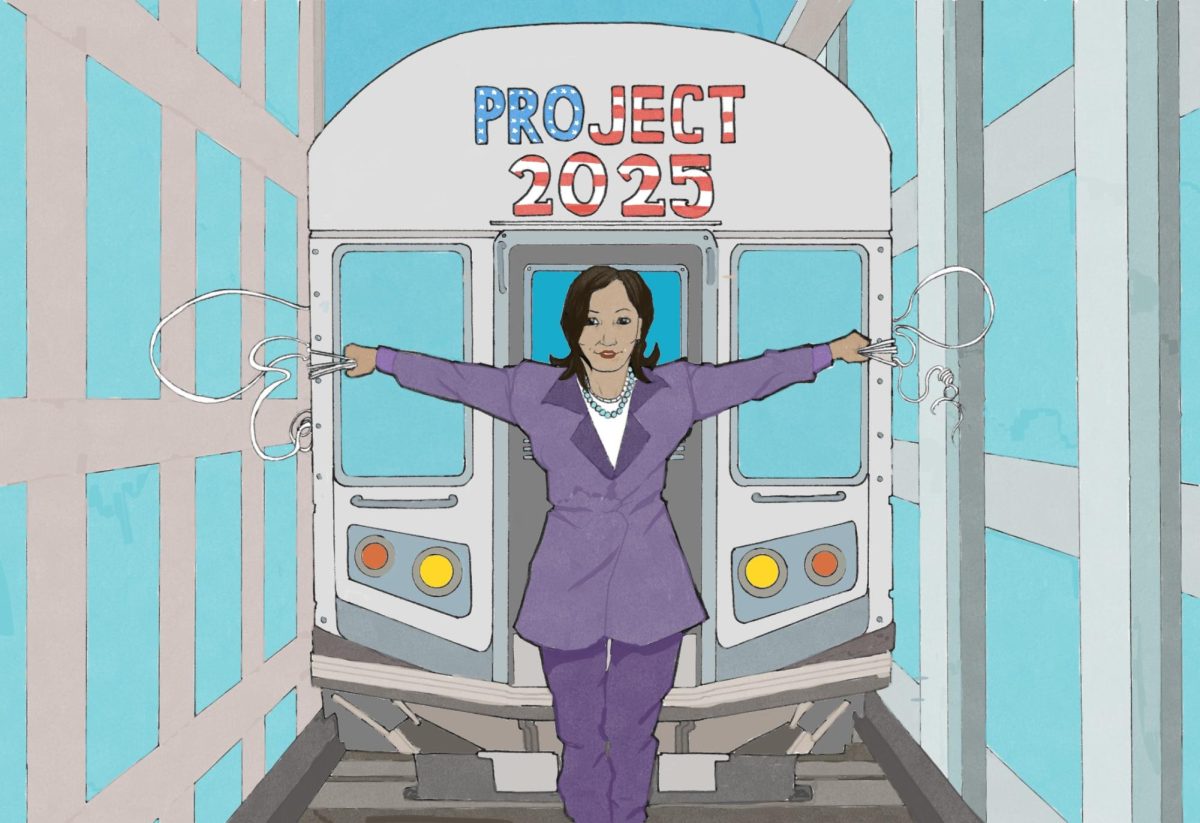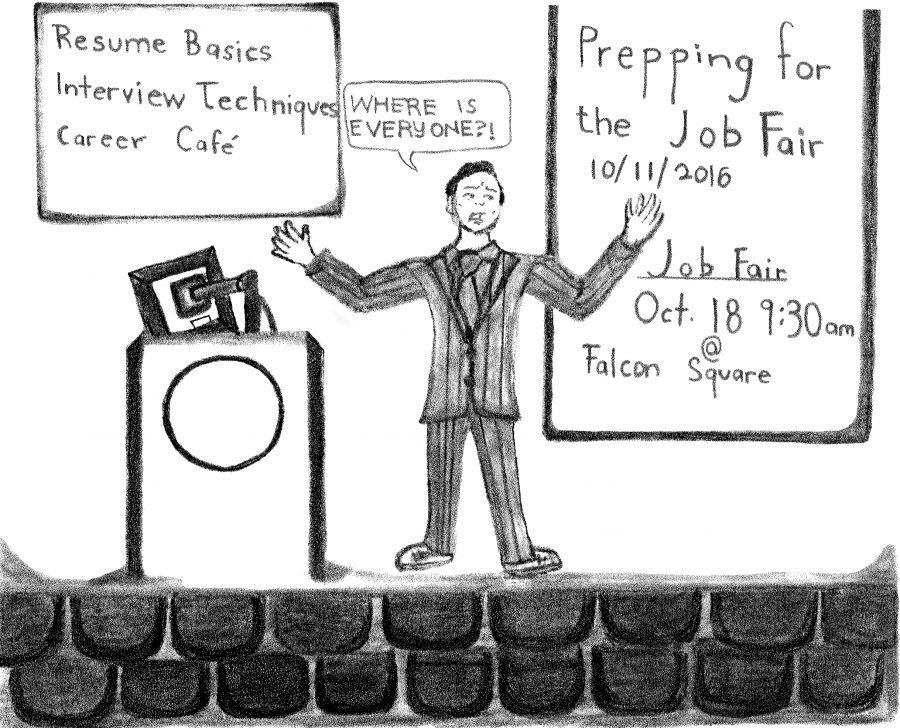Adjunct professors are starting to take over more and more roles not only in classrooms, but in places where teacher input can help the school, like Faculty Senate.
The professors blend into the schooling image, they don’t wear a sign over their heads that read, “I’m part-time.”
A student can’t tell the difference.
Which can lead to interaction issues because these adjunct professors most of the time hop around from college campus to college campus in order to make enough money to pay off bills.
That’s why sometimes teachers bolt out of classrooms and students left with questions have to wait until office hours, but by then the question can turn into a vague memory lost in the grey matter.
To go from part-time to full-time, an aspiring full-time professor has to go through the same application process as anyone trying to land the job straight out of schooling.
However, schools don’t have many tenure-eligible hiring positions.
Tenure means to take permanent position of.
According to the Association of Governing Boards of Universities and Colleges in 1969 part-time employees, or non-tenured employees, was 21.7 percent of the staff.
As of 2009, that percentage has sky-rocketed to 66.5 percent.
This creates problems not only for the college and the people involved in the hiring process, but that means students get more professors that don’t have the time to sit and discuss classwork because the professor has to get to other classes.
According to AGB.org, adjunct professors suffer from: poor hiring and recruitment processes, limited job security, inequitable salaries and access to benefits and lack of office space, clerical support and instructional materials.
Lindsey Lefebvre, adjunct English teacher, once had a student ask her why her classroom wasn’t decorated, she replied by saying the classroom was shared by other professors.
The study by AGB.org also states that adjunct professors get no voice in senate, however, that is not true to Cerritos College given the fact that there are representatives in the Faculty Senate like Richard Bair, adjunct professor for the ESL department.
Bair is a representative for adjunct professors in the senate.
However, the downsides do affect students.
AGB.org’s study said, “Ernst Benjamin, former general secretary of the American Association of University Professors (AAUP), found that contact time and interaction between traditional faculty and students fostered greater student success.”
But with those traditional full-time employee numbers dwindling, that statement is starting to fall through.
AGB.org said, “However, several other research studies, including a pair of studies in 2006 have suggested that the inaccessibility of part-time faculty to students due to time constraints, a lack of office space, and part-timers having to hold jobs at multiple locations has an adverse, negative effect on student outcomes.”
The school should look into going back to the traditional method of hiring part-timers when originally they were already employed in the field and they taught at college part-time as a form of specialist in a field.
I.e. a lawyer teaching law class.
And for those that are adjunct, the school should create a program where benefits are given to part-time faculty.
According to the National Education Association, the number of part-time employees hired in 1992 was dominated mostly by part-time faculty.
It shows a chart with specific majors and the percentage of part-timers there.
In the 1992 study 82.55 percent of full-time professors had more interaction with students outside of the classroom environment.


















